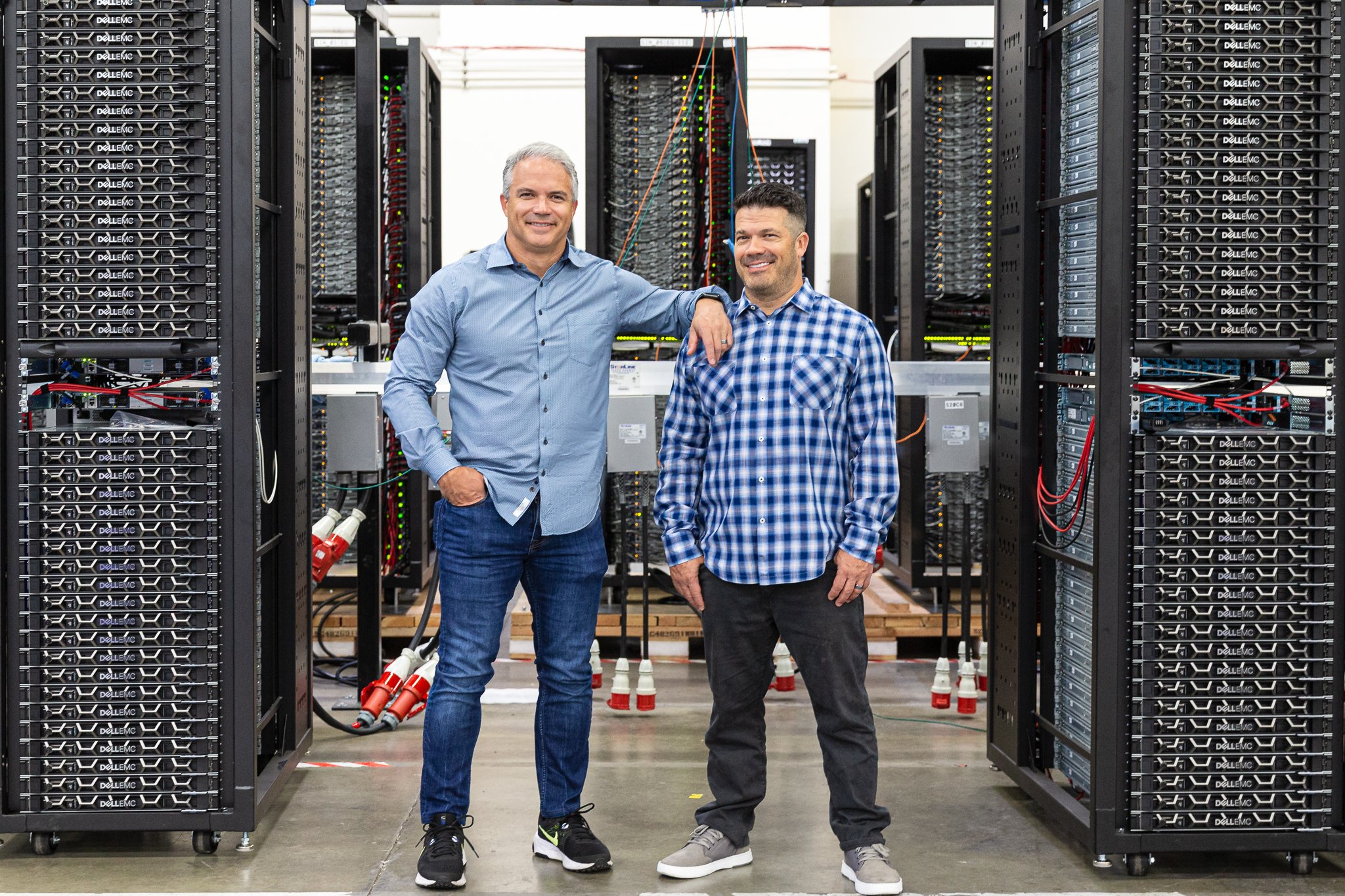Focusing on building a DevOps culture can produce substantial dividends for your organization.
Speed, flexibility, deployment on demand—these are the elements that lead to a competitive edge in today’s business, elements that DevOps provides.
But for all the benefits that come with instilling a DevOps culture, there is one potential drawback: burnout.
Concerns over DevOps burnout are not new. Back in 2018, The Enterprise Project published an entire article on the subject. But as DevOps has continued to make major inroads with enterprises since that piece was published, it’s worth having a refresher on the actions leaders can take to foster a thriving, healthy, and maintainable culture for both developers and IT.
1. Focus on removing friction
At its core, DevOps is all about bringing operations and development together in an effort to increase communication and eliminate internal silos.

That’s the idea, anyway, but in practice, it can be more complicated. Change is always hard, and coalescing teams can raise friction when it comes to territory.
To combat this, it’s important for IT leaders to address any friction as soon as it comes up, and well before it becomes a problem. Team members need to be assured that the change will benefit them, and initial workflows should be designed to reduce friction between teams and departments.
Beyond personnel, friction can arise from policies that—while they made sense before DevOps—are now unnecessary roadblocks and no longer add value. Removing these roadblocks not only reduces friction in your development pipelines but can also help keep that friction from bleeding into your teams.
2. Turn setbacks into comebacks
To quote the esteemed Yoda, “Greatest teacher, failure is.”
This certainly applies to DevOps, which is designed to hit the accelerator on development.
The faster you go, the more likely you are to crash, and one of the best ways to help curtail burnout is to treat your crashes as opportunities to learn. Don’t punish a team member for mistakes, but rather, turn those mistakes into lessons for all your team members going forward.
3. Keep track of your progress
Measuring the progress of your DevOps efforts provides you with key indicators of the value they bring to your organization. It also gives credit where credit is due.
Your team will want to know their work is worthwhile and that internal influencers acknowledge it. Sharing positive feedback and looking at any negative KPIs as an opportunity to grow—will help your team feel engaged with their work.
4. Be on the lookout for warning signs

Truth be told, burnout is fairly commonplace in the IT profession.
Tech, by nature, attracts people willing to work hard until they accomplish their goals, and when combined with long hours of development and the fast pace and pressure of DevOps, the recipe for burning out is nearly complete.
To get ahead of potential unhappiness developing in your DevOps teams, it’s critical to always be looking for warning signs.
One of the big red flares you can focus on is an increase in bug frequency, which often points to your teams running on fumes. The more bugs you see, the more you should think about hitting pause to give your teams a chance to refresh.
To learn more about creating a DevOps culture, check out our free resource The Full Guide to Enterprise DevOps.














